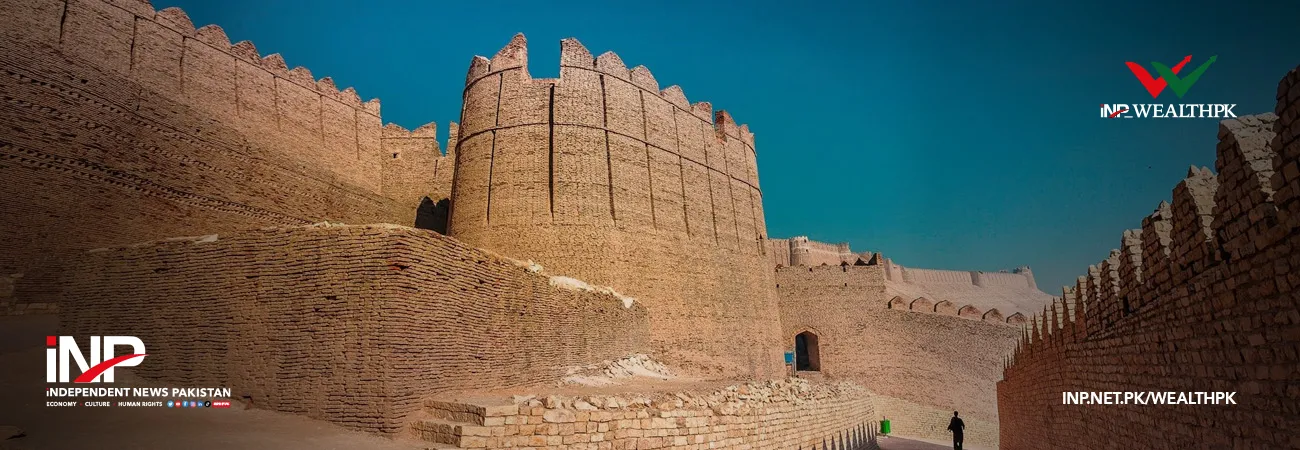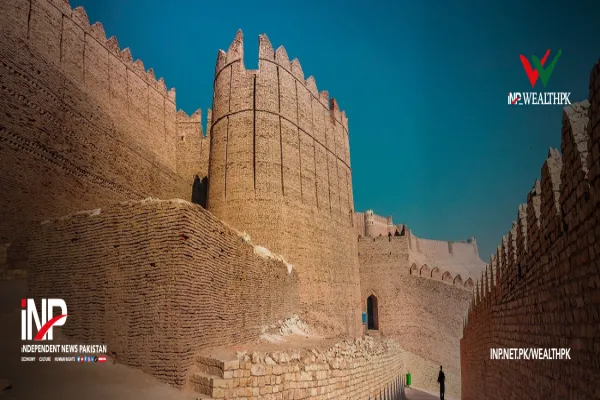i INP-WEALTHPK
Ahmed Khan Malik
The Sindh government has devised a plan to develop the province’s tourism sector. The initiative includes a wide range of measures—from improving infrastructure and accessibility to launching global promotional campaigns aimed at attracting both domestic and international visitors.
The plan, part of Sindh’s broader economic revival agenda, was recently discussed in a high-level meeting chaired by Sindh Chief Minister Murad Ali Shah. The government is expected to begin work on tourism development by recognizing its potential to generate employment, uplift rural communities, and enhance Pakistan’s international image.
Sindh is home to sites of historical and cultural significance. However, decades of neglect, inadequate infrastructure, and security concerns have kept it off the radar for many travelers.
Tourism in the province has lagged behind other regions like Gilgit-Baltistan and Punjab. “Our goal is to reposition Sindh as a key tourism destination in Pakistan and South Asia,” said Manzoor Chandio, Director General of the Culture, Tourism, and Antiquities Cell. “We are focusing on building roads, providing tourist services, and improving security to ensure a welcoming environment for visitors,” he told WealthPK.
Under the proposed plan, key road networks connecting major heritage sites such as Mohenjo-Daro, Makli Necropolis, Ranikot Fort, and Gorakh Hill will be upgraded. The Sindh Tourism Development Corporation (STDC) is also developing rest houses, information centers, and eco-friendly accommodations along tourism routes.
Air connectivity is another priority. The government is exploring partnerships with airlines to increase flights to Sukkur and Larkana, bringing international tourists closer to major attractions.
To accelerate development, the Sindh government is inviting private investors to collaborate on building hotels, resorts, and recreational facilities. Tax incentives and simplified licensing procedures are being planned to encourage investment in tourism-related ventures.
There is also interest from international partners. In 2024, a delegation from the German development agency GIZ visited Sindh to explore cultural preservation and eco-tourism opportunities. The government hopes to leverage such collaborations to promote sustainable tourism practices, Chandio said.
He noted that a key pillar of the new strategy is the promotion of Sindh’s unique cultural identity. The Tourism Department plans to host international Sufi music festivals, Sindhi handicraft exhibitions, and archaeological tours to showcase the region’s rich traditions and craftsmanship.
Digital marketing campaigns will also be launched to promote Sindh’s tourism attractions. Promotional content will be translated into multiple languages to reach a global audience.
“Sindh’s story is one of resilience, diversity, and spirituality. We believe that showcasing this narrative through modern tools will spark interest from a wider community of travelers,” said the official.
Efforts are also underway to preserve natural reserves such as the Indus Delta, Keenjhar Lake, and the Thar Desert through regulated tourism activities. These sites are vital not only for biodiversity but also for educating tourists on climate challenges and conservation.
While challenges such as climate change, funding constraints, and political instability remain, the government is optimistic that sustained investment and strategic planning can transform the province into an attractive destination for tourism.
Credit: INP-WealthPk









